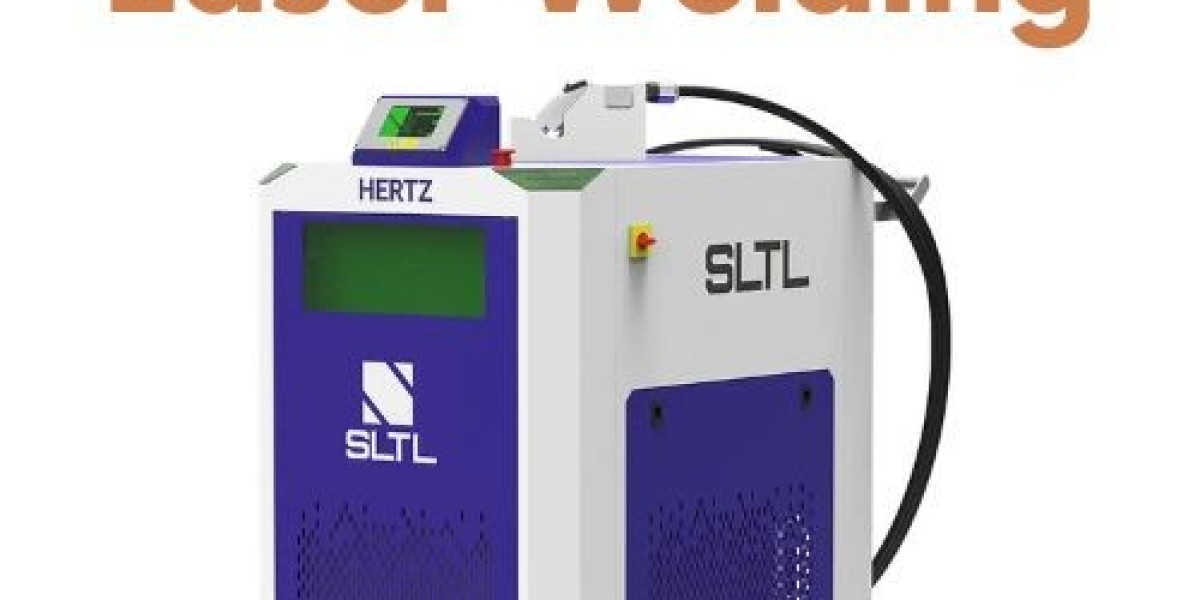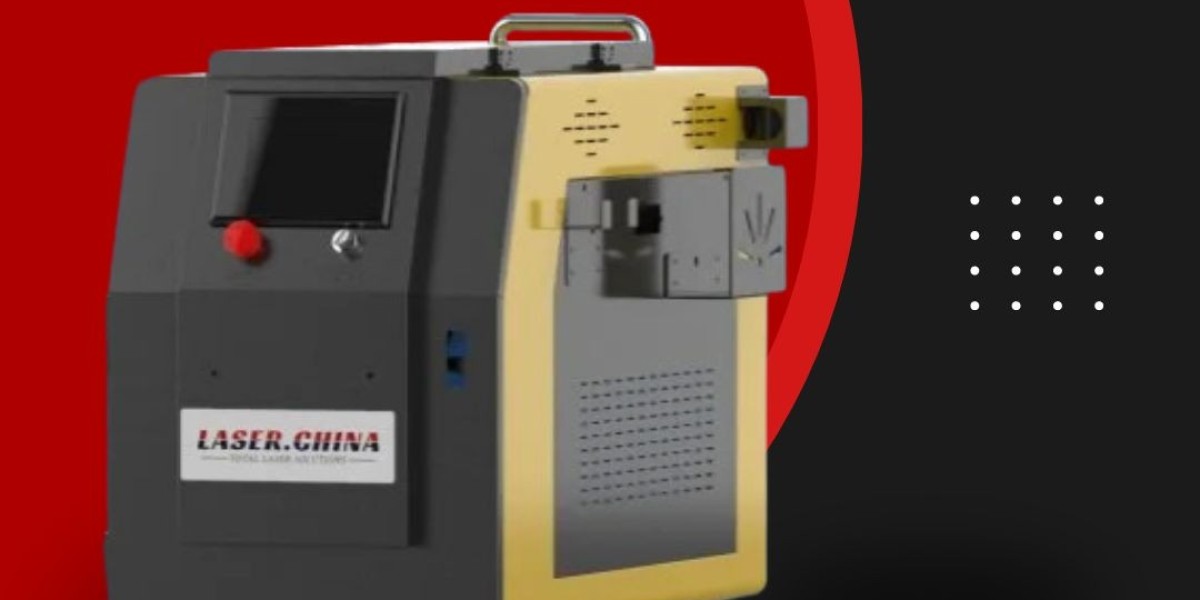This isn’t just a trend based on convenience or novelty—it’s the result of evolving production needs, labor challenges, tighter tolerances, and increased demand for cleaner, stronger, and faster joining techniques.
In this article, we’ll explore the critical reasons behind this shift, how handheld metal laser welding is changing industrial workflows, and what this technology offers in terms of real-world manufacturing challenges.
Let’s examine this transformation in detail.
Understanding the Industrial Shift
Manufacturing plants are under pressure to reduce downtime, enhance weld quality, and eliminate post-processing. This demand has pushed welding processes to become more agile, precise, and consistent. The handheld metal laser welding system entered the scene to meet these rising demands without reworking entire production lines.
It’s not just high-tech companies embracing the change. Fabricators in medium to small-scale industries are also adopting laser technology, especially where skilled welders are hard to find. The skill barrier for laser welding is significantly lower once operators are trained properly, and the automation potential is much higher.
This trend is happening across a range of industries—from stainless steel kitchen manufacturing and heavy machine fabrication to aluminum structural welding.
Labor Shortage and Skill Gap
One of the central driving forces behind the adoption of handheld metal laser welding is the current shortage of skilled welders globally. Traditional arc welding methods require years of practice to achieve a consistent, clean, and strong weld.
With laser welding, once the system is calibrated and the operator is trained on the basics, consistent results are far easier to achieve. A trained operator using a handheld metal laser welding machine can handle various metals like stainless steel, aluminum, carbon steel, and even dissimilar joints, often in a single pass without filler.
This not only solves the problem of finding highly skilled welders but also accelerates onboarding for new operators. For factories working with tight timelines and low tolerance for human error, this is a breakthrough.
Precision in Critical Applications
In industries such as aerospace, medical equipment, and microelectronics, every millimeter counts. Any deviation in joint depth or weld width can result in product rejection or failure.
Traditional methods like TIG or MIG often require multiple passes, edge prep, and extensive post-weld cleaning. This introduces the risk of heat distortion and human error.
By contrast, handheld metal laser welding offers unparalleled precision. It delivers deep penetration with minimal heat-affected zones, ensuring structural integrity is not compromised. Whether it’s sealing a tiny bracket or joining thin aluminum panels, laser systems provide accurate control over beam position, pulse duration, and power.
Even curved edges, hard-to-reach corners, or complex geometries can be tackled without altering the tool’s orientation significantly. This level of versatility was previously limited to robotic welding cells. Now, it’s available in a portable, user-controlled format.
Surface Cleanliness and Minimal Post-Processing
With traditional welding techniques, a significant amount of time is spent in grinding, brushing, or cleaning spatter and oxidation after welding. This isn’t just a labor cost—it introduces inconsistency, increases consumable usage, and may reduce the finish quality.
Handheld metal laser welding eliminates most of these issues by producing clean, low-spatter welds with minimal oxidation. In many cases, no post-processing is needed at all.
This is especially valuable for industries that require aesthetic surfaces such as kitchenware, interior steel fittings, and decorative aluminum products. The ability to skip grinding or chemical cleaning accelerates production and reduces wear on equipment.
Compatibility with Modern Materials
Manufacturers are increasingly working with newer, lighter, and stronger materials. Metals like duplex stainless steels, titanium alloys, or heat-treated aluminum require advanced techniques to weld correctly without structural compromise.
Handheld metal laser welding excels in this arena because it offers adjustable beam parameters that can be matched to the specific thermal characteristics of each material. This ensures better metallurgical bonding with minimal distortion.
Even complex alloy combinations or ultra-thin metal sheets can be joined without burn-through or cracks—issues that plague traditional welding when dealing with such materials.
Flexible Integration in Any Workshop
Laser systems are typically associated with expensive robotic setups and automation cells. However, the emergence of handheld metal laser welding units has changed this perspective entirely.
These units are compact, portable, and can be easily integrated into existing workshop environments without major retrofitting. Whether it’s a one-off job on a steel gate or a high-volume run of stainless-steel frames, the operator simply brings the unit to the workstation and begins welding with minimal setup.
This adaptability allows for both batch production and custom fabrication—an invaluable asset for businesses that handle varying project types.
Cleaner Work Environments
Traditional welding often produces heavy smoke, slag, and UV radiation. Operators need full PPE kits, smoke extractors, and fume filtration systems to maintain a safe workspace.
While handheld metal laser welding still requires proper protective measures (including laser safety goggles and shielding), it significantly reduces emissions, spatter, and smoke. The cleaner operation helps meet health and safety standards more easily, especially in enclosed or indoor workshop settings.
This also contributes to longer tool life, less maintenance on ventilation systems, and a healthier working environment for operators.
Energy Efficiency and Operational Cost Reduction
Laser welding systems are more energy-efficient than arc welding because they require less power input for equivalent output. The energy is tightly focused into the weld zone, minimizing wasted heat and reducing thermal distortion.
Over time, this results in reduced electricity bills, less wear on components, and minimal filler wire or gas consumption. For industries calculating ROI per weld, handheld metal laser welding offers a serious financial advantage—not only in energy usage but also in speed and rework costs.
Regulatory Compliance and Quality Control
In sectors where regulatory compliance is mandatory—such as automotive, medical, or aerospace manufacturing—traceability and consistent output are critical. Manual arc welding can lead to variability, requiring multiple inspections and quality checks.
Laser systems, on the other hand, can be easily integrated with digital control units and quality monitoring tools. Handheld metal laser welding devices now come with features like real-time power monitoring, parameter presets for different metals, and digital log storage for compliance audits.
This ease of recordkeeping and consistency of output helps meet ISO, FDA, and ASME standards more reliably.
Rapid Production Without Compromising Quality
Speed matters in production environments. Traditional methods often require edge preparation, tacking, multi-pass welding, and finishing. This takes time and limits throughput.
With handheld metal laser welding, most of these steps can be skipped. A single pass can produce a full-penetration, clean weld with no prep or clean-up needed. For a shop handling hundreds of parts per day, the time savings are substantial—without reducing weld quality.
This combination of speed and performance is why many companies that once relied solely on TIG or MIG systems are now equipping their shop floors with laser welding units.
Final Thoughts
The increasing adoption of handheld metal laser welding is not a passing fad but a deliberate, strategic shift driven by the needs of modern industry. Manufacturers today require solutions that are fast, adaptable, consistent, and operator-friendly. Laser welding checks all these boxes and more.
From precision engineering to heavy-duty fabrication, this welding method meets the demands of various sectors while reducing operational challenges. Companies seeking to stay competitive, improve their product integrity, and reduce labor dependency are quickly discovering that the future of welding lies in the beam of a handheld laser.
As the technology becomes more accessible and affordable, it’s likely that handheld metal laser welding will become the new industry standard—not just an alternative.








